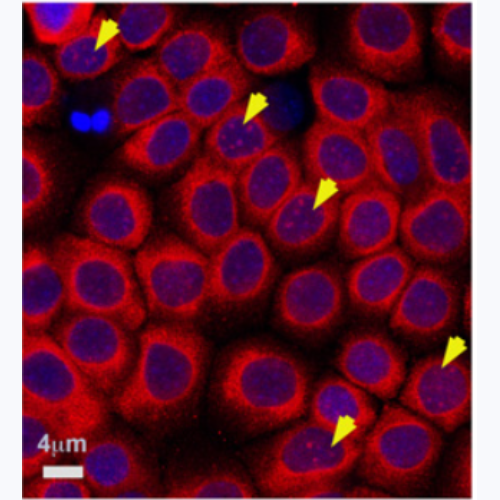Prominin-1 controls stem cell activation by orchestrating ciliary dynamics.
Proper temporal and spatial activation of stem cells relies on highly coordinated cell signaling. The primary cilium is the sensory organelle that is responsible for transmitting extracellular signals into a cell. Primary cilium size, architecture, and assembly-disassembly dynamics are under rigid cell cycle-dependent control. Using mouse incisor tooth epithelia as a model, we show that ciliary dynamics in stem cells require the proper functions of a cholesterol-binding membrane glycoprotein, Prominin-1 (Prom1/CD133), which controls sequential recruitment of ciliary membrane components, histone deacetylase, and transcription factors. Nuclear translocation of Prom1 and these molecules is particularly evident in transit amplifying cells, the immediate derivatives of stem cells. The absence of Prom1 impairs ciliary dynamics and abolishes the growth stimulation effects of sonic hedgehog (SHH) treatment, resulting in the disruption of stem cell quiescence maintenance and activation. We propose that Prom1 is a key regulator ensuring appropriate response of stem cells to extracellular signals, with important implications for development, regeneration, and diseases.
Back to list
